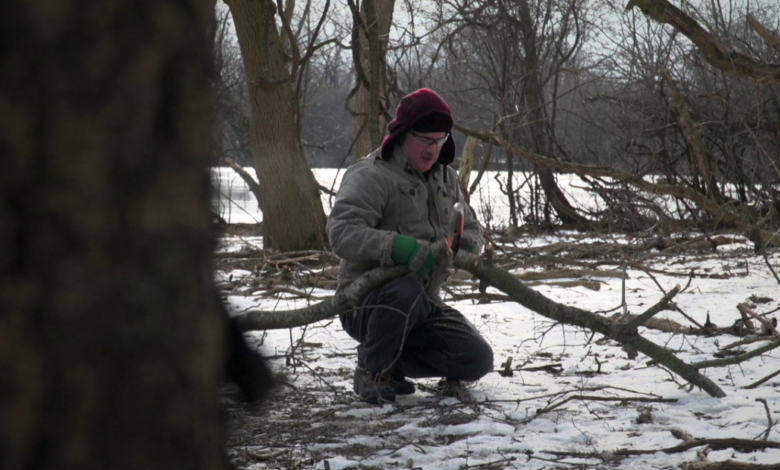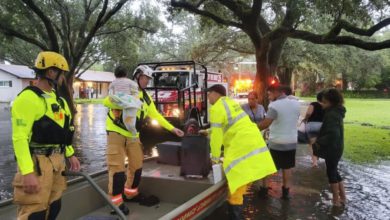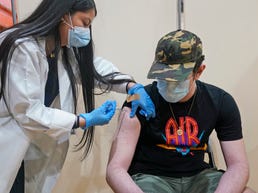
GLENCOE, IL — To protect native plant and animal life sometimes requires sustained human intervention. Once brought into the U.S. for its hardiness, the introduction of European buckthorn is out-competing native life across the country.
At the edge of a lagoon in the dead of winter, a group of about two dozen volunteers is braving the icy conditions to save the local ecosystem.
“We're clearing out invasive species with the goal of making room for native species, which are better for the environment overall, but particularly for the amphibians,” said Maggie Cooper, the coordinator of conservation action at Chicago’s John G. Shedd Aquarium.
Cooper is leading the expedition of volunteers focused in part on the resilient and difficult to destroy invasive European buckthorn.
It was introduced into the U.S. as a means for fence farming and for medicinal purposes more than 200 hundred years ago. It’s an aggressive plant that can soak up precious resources and outcompete native plants.
“If you see a stand of buckthorn and you look at the forest floor, you're not going to see anything else growing up. You're only going to see buckthorn growing in that area,” said Cooper.
The plant also emits a toxin called ‘Emodin’ that can kill or suppress the growth of native vegetation.
“Emodin seeps into the soil and we know how amphibians breathe, sometimes they draw in nutrients and their skin,” said Cooper. “And it's known that amphibians will bring that toxin into their body as well. And that can affect their life cycle, especially in the early stages.”
Conservationists have been battling the invader for decades.
It’s now spread across much of the Northeastern, Midwestern, and Western U.S. with some of the most affected states including Minnesota, Wisconsin and New York.
Equipped with loppers and hand saws, the team will clear out as much of the intrusive shrubs and trees as possible.
Stubs are treated with an insecticide to prevent regrowth. Everything is immediately burned.
“If we couldn't have fires, this wouldn't be half as much fun. Not that I'm a pyromaniac or anything, but you know it warms you up,” said Dan Goodwin.
Goodwin has been volunteering with the conservation action group for more than five years.
“From here to the clearing over there [that] edge is two years’ worth of Saturdays and Wednesdays, so you can have an impact,” he said.
Cooper says despite the gains, the work must be constantly ongoing.
“If we just stopped what we were doing, buckthorn is going to come back in,” she said. “So, we need to continue this fight. We need to be out here year after year, month after month.”
It’s an investment of time and labor to protect native wildlife for years to come.








